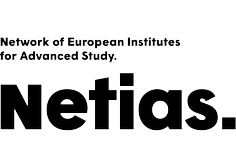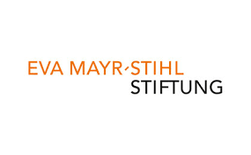13th Hermann Staudinger Lecture with Nobel Laureate Peter Doherty
The Killer Defense
Nobel Laureate Peter Doherty, Nobel Prize in in Physiology or Medicine 1996
| When |
Feb 05, 2013
from 06:15 PM to 07:30 PM |
|---|---|
| Where | Anatomy Lecture Hall, Alberstr. 19, 79104 Freiburg |
| Contact Name | Dr. Britta Küst |
| Attendees |
öffentlich / open to the public |
| Add event to calendar |
|
The Killer Defense
The word “immunity” is derived from the latin “immunis”, referring to the untaxed status of soldiers who had returned from foreign wars. Like the Roman Legions, the immune system is there to protect us, principally against the toll taken by less sophisticated life forms (viruses, bacteria) that seek to invade and compromise our territorial body integrity. Conventionally, we partition our thinking about immunity into two, broad categories, innate and adaptive. Elements of innate immunity are found right across evolution (in both plants and animals) and continue in us. The only adaptive immune system we know about is in the vertebrates, from the jawed fish and above. Many of both the innate and adaptive immune mechanisms that operate in mammals are mediated via specialized categories of highly motile cells, the monocyte/macrophages, neutrophils, lymphocytes and so forth. These white blood cells were first discovered in the 1840’s and, while we soon understood at least the innate phagocytic function of macrophages, it was not until the 1950’s and 1960’s that the true nature of the various lymphocyte categories that mediate adaptive immunity started to emerge. About then, we saw the first glimmerings of evidence that a particular category of lymphocytes, the “killer T cells”, is programmed to destroy and eliminate damaged cells within us. These “hit men” of immunity are very precisely targeted, as any tendency for “promiscuous” killing of normal cells could obviously be extremely dangerous. After a brief, general discussion of our Immune Legions and how we exploit the adaptive response to protect us by, for example, vaccination, the discussion will focus on the nature and possible therapeutic manipulation of this killer defense.
Further Information:
Report on the 13th Hermann Staudinger Lecture with Peter C. Doherty on February 5th, 2013
On the occasion of the 13th Hermann Staudinger lecture, Peter C. Doherty led us on a colorful journey through the history of immunology and concluded with the current knowledge in this field. This adventure, related in a humorous and relaxed style, included an overview of the key experiments leading to the discovery which awarded him, jointly with Rolf M. Zinkernagel, the 1996 Nobel Prize in Medicine. Doherty's presentation included numerous parallels between the immune system per se and more figurative metaphors. T-cells as warriors and serial killers, target cells as suicidal victims and viruses as harmful as taxes, captivated the audience's attention from the first slide until the very last one. The lecture also involved details of the behind-the-scenes of the Nobel Prize, shifting from scientific particulars of the breakthrough and their observations on how immune T-cells protect against viruses, to funny and awkward moments of the prize-giving ceremony itself, explaining for instance the difficulty in dealing with the ubiquitous flowers when there is nobody around to whom you can hand them over.
Although Doherty insists that nowadays he is at the end of his career, his palpable passion for science seems boundless. His energy was constantly manifested during the talk, as it is in his literary output and its remarkable diversity. Doherty’s charming manner will remain an inspiration to all those who share his joy for science. Watching him explain his methods, it seems so easy and straightforward to win a Nobel Prize. He even gave us a tip on how to do it, which some of us even put into practice eagerly the next day as we returned to our labs.
(Veronica Dumit)





